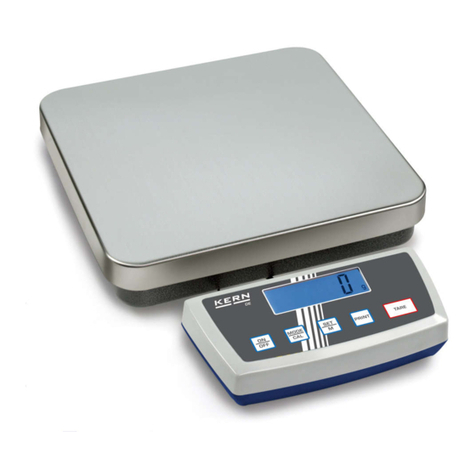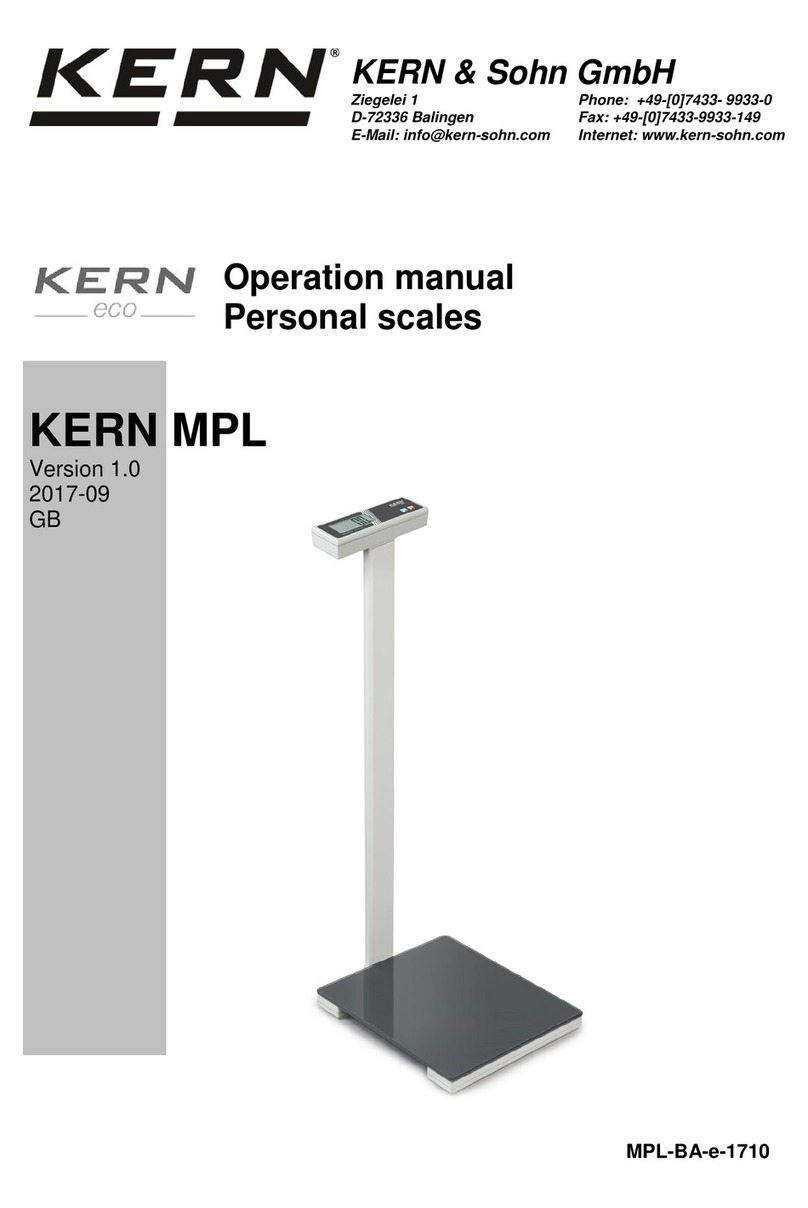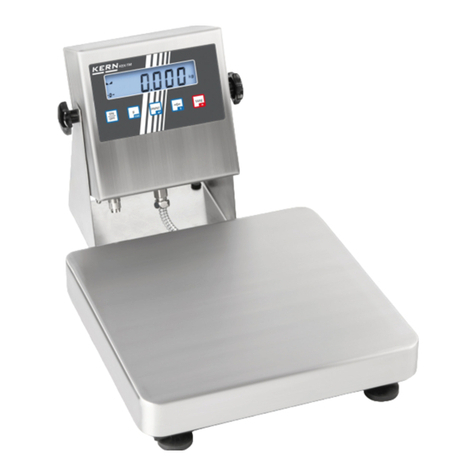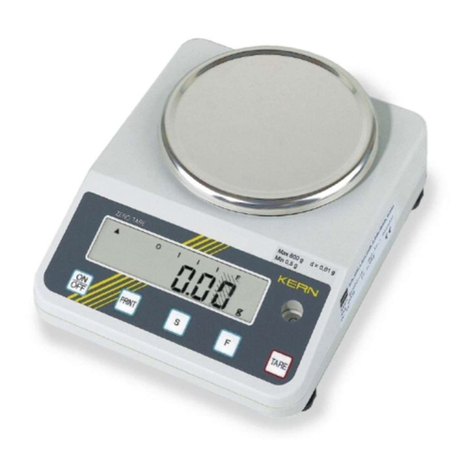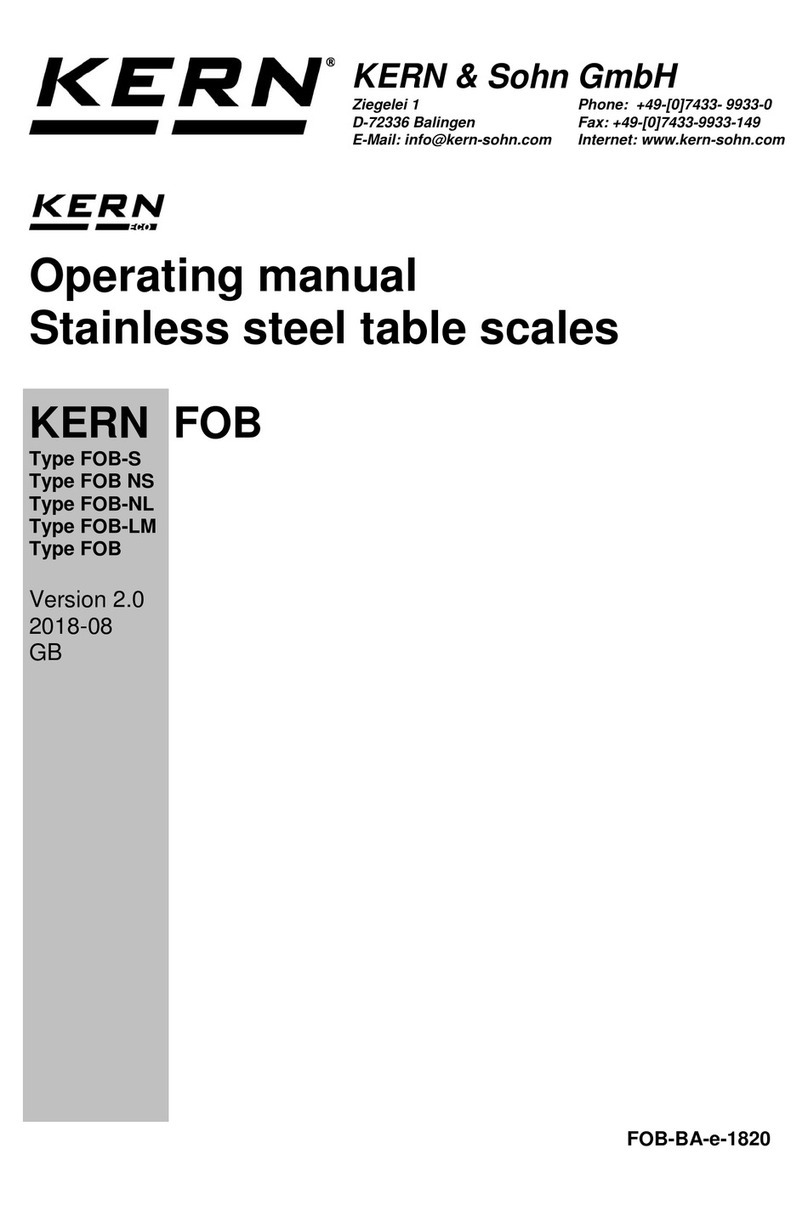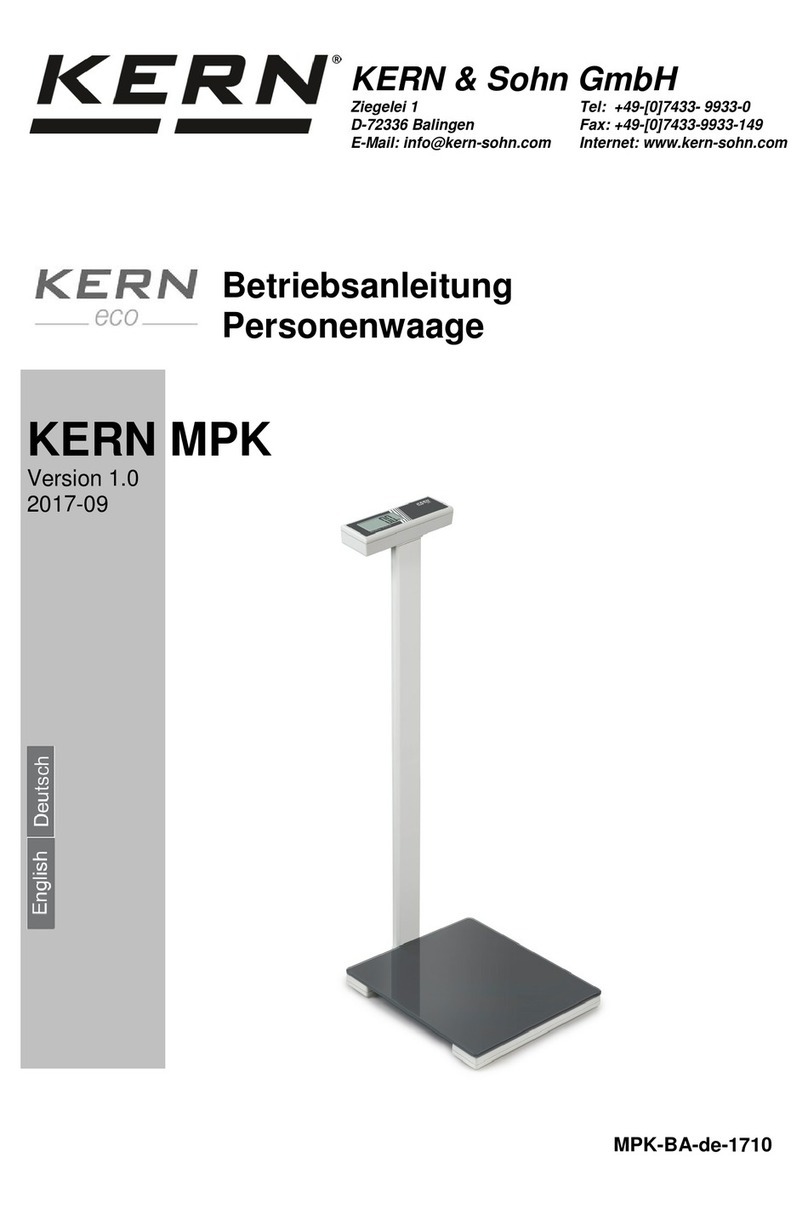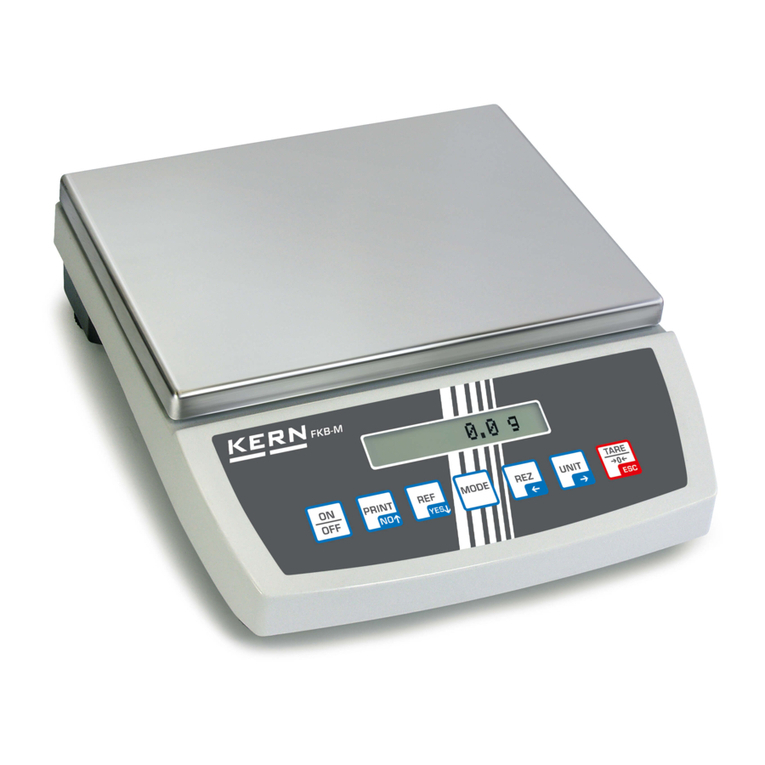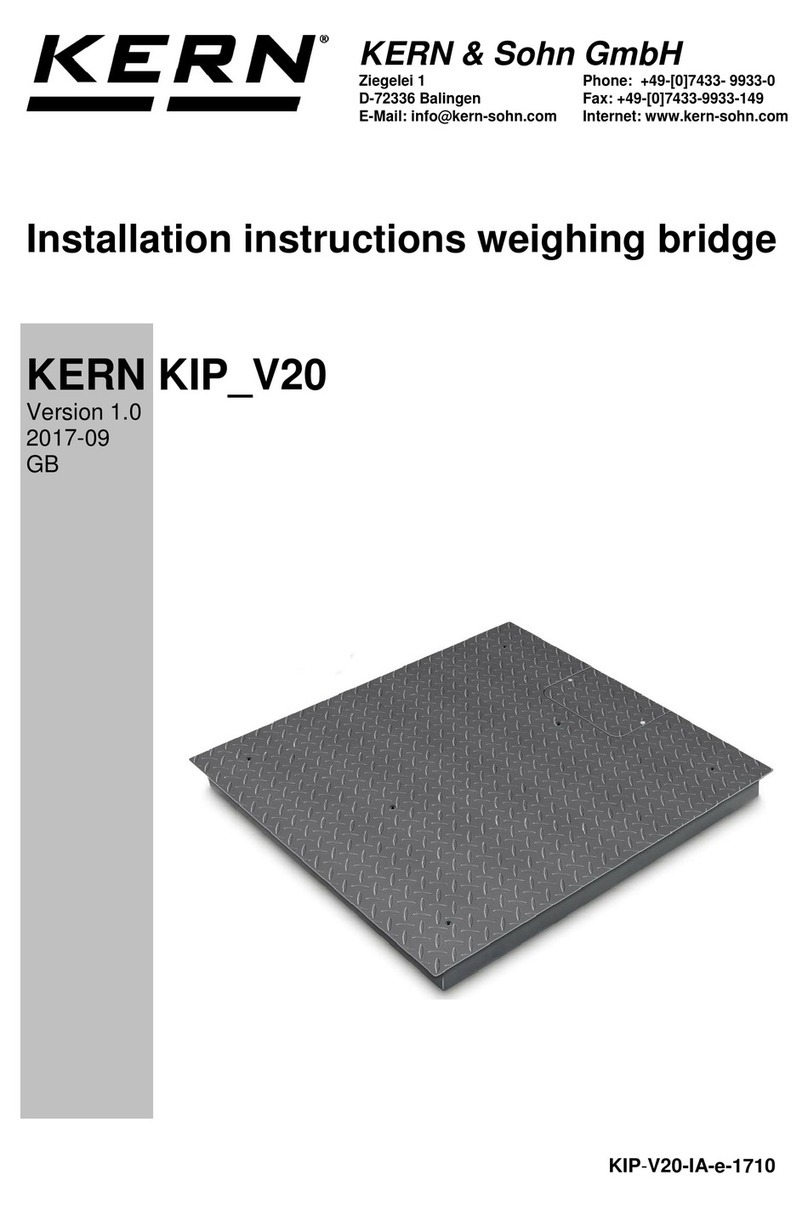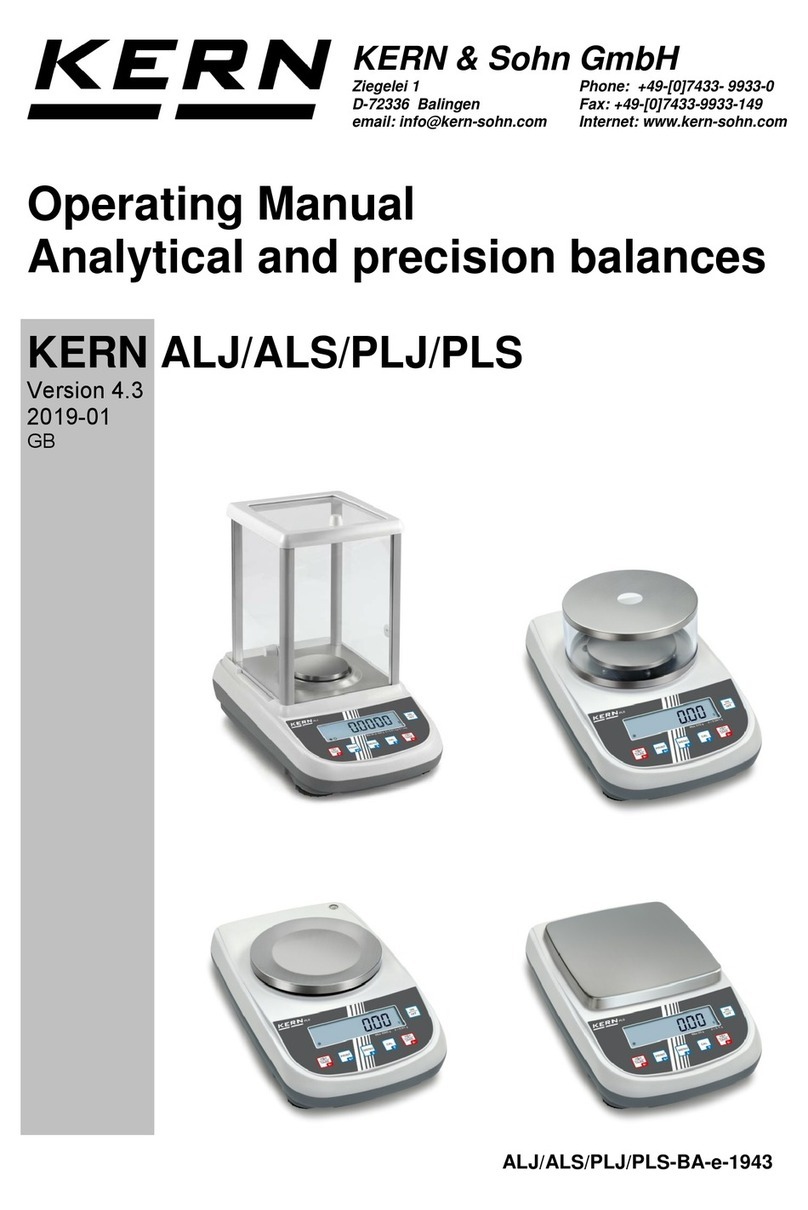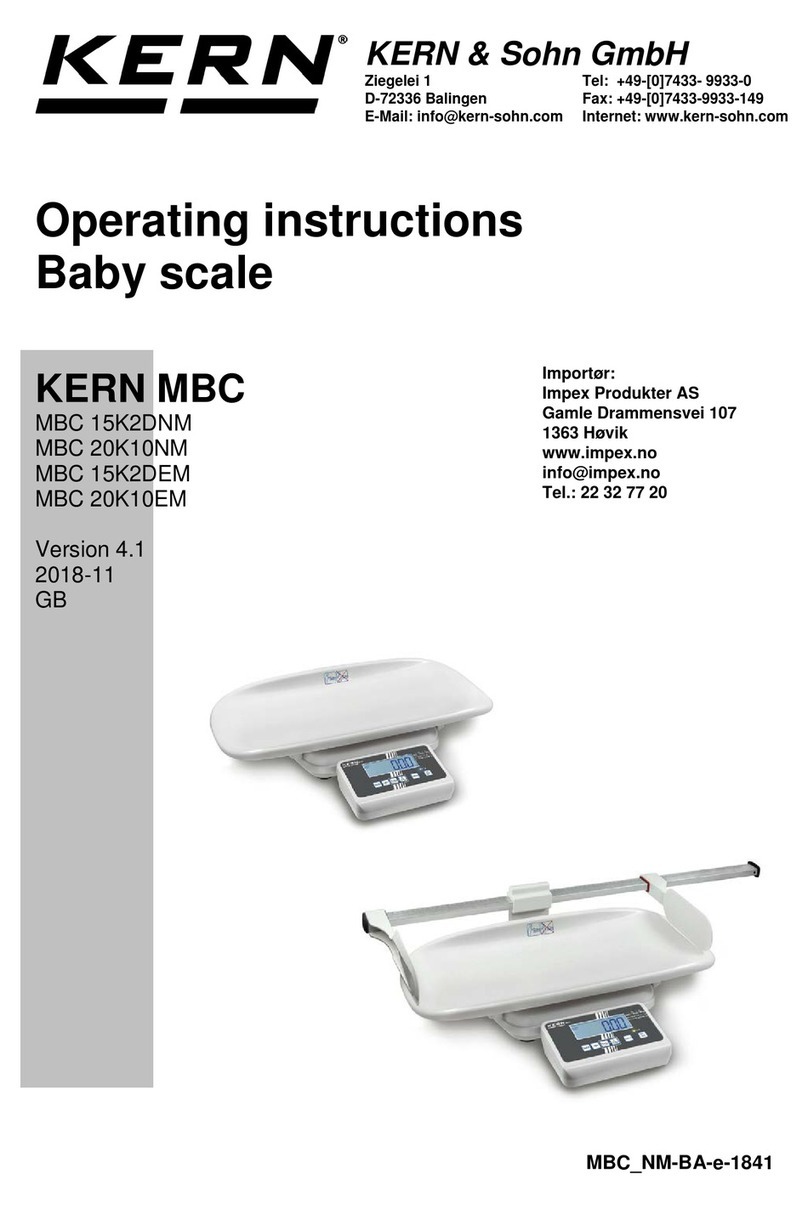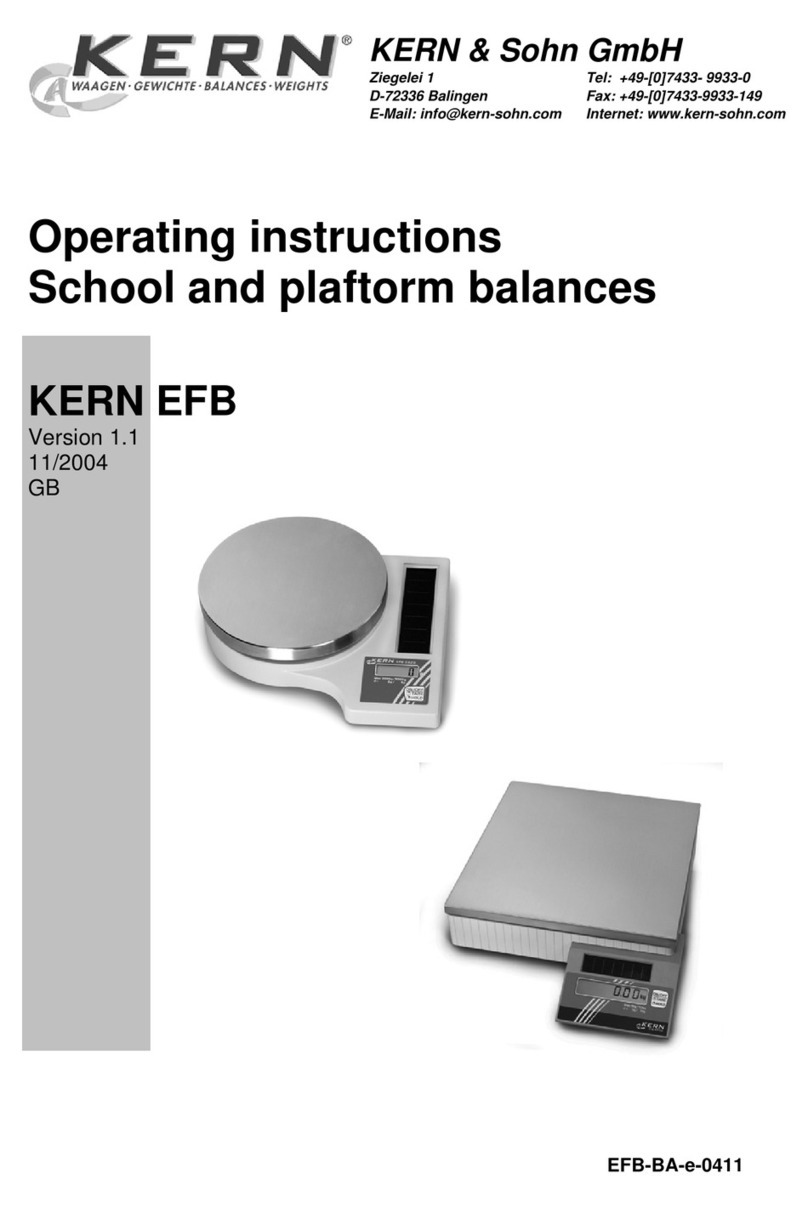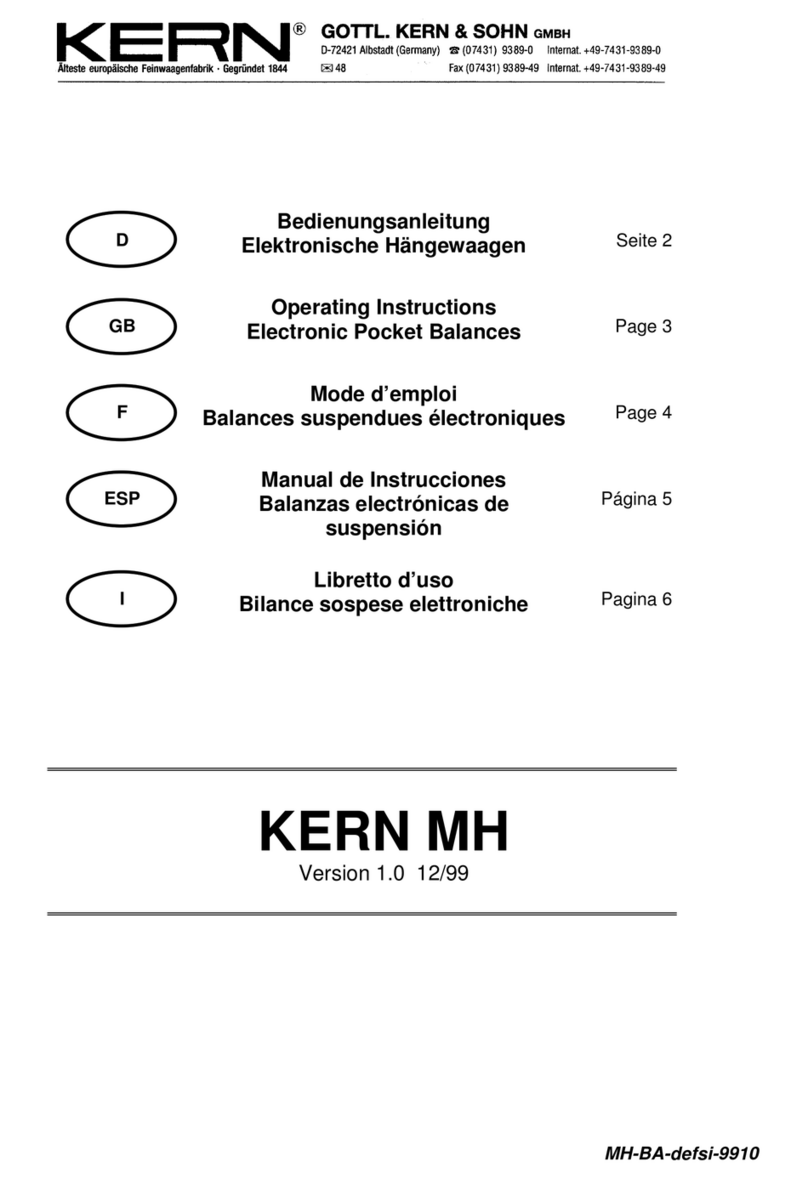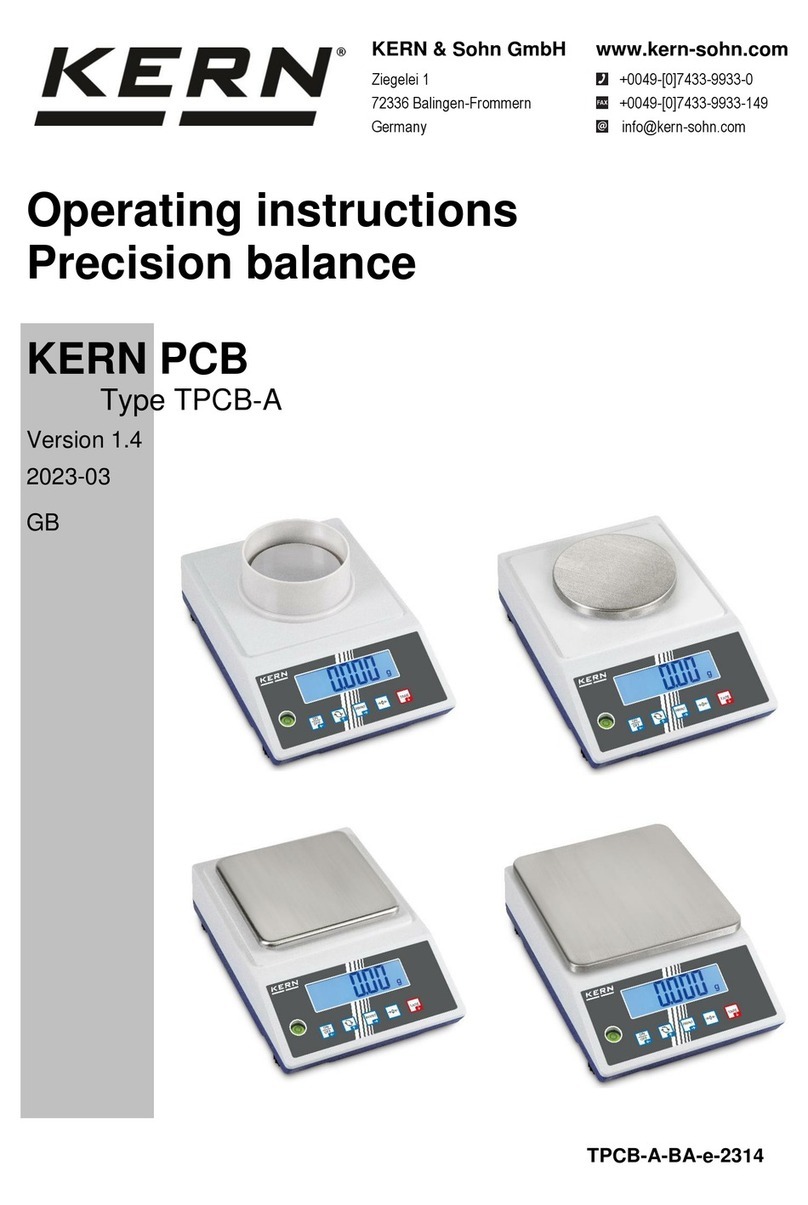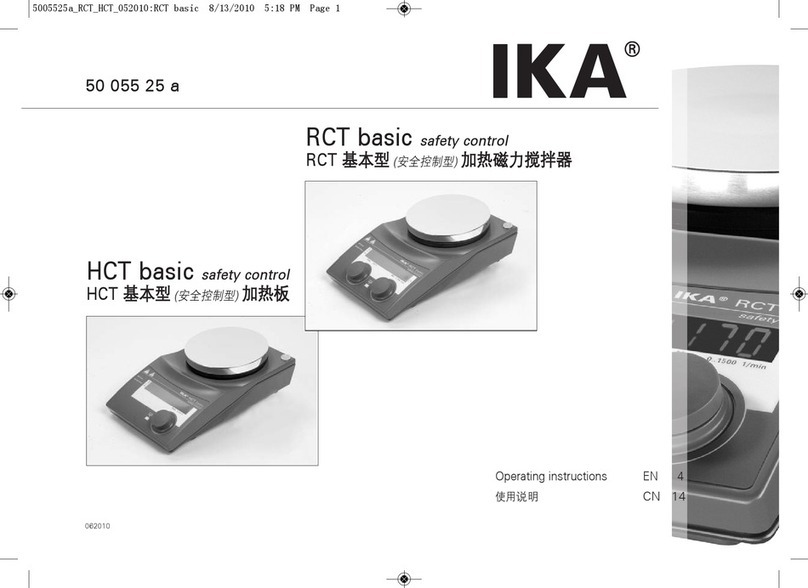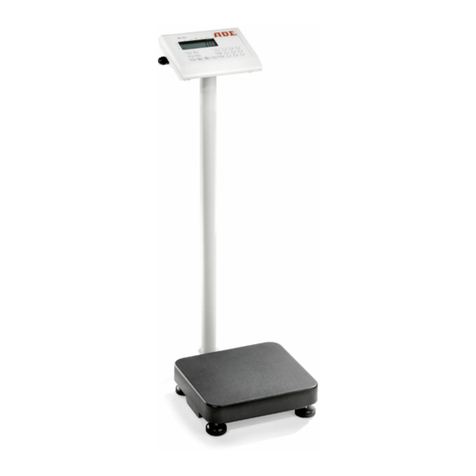10 Basic Operation ........................................................................................... 29
10.1 Simple weighing ..................................................................................................................... 29
10.2 Weighing with taring.............................................................................................................. 29
10.2.1 Taring................................................................................................................................... 29
10.2.2 Delete tare............................................................................................................................ 29
10.3 Standard weighing unit.......................................................................................................... 30
10.4 Weighing units switch-over................................................................................................... 31
10.5 Underfloor weighing............................................................................................................... 31
11 Menu function “P6 Func” - Operating modes .......................................... 32
11.1 Settings for Function P6.1 FFun "ALL"................................................................................ 34
11.2 Parts counting ........................................................................................................................ 35
11.3 Weighing with tolerance range ............................................................................................. 38
11.4 Percent determination............................................................................................................ 41
11.4.1 Determining the reference weight by weighing (function F4 PrcA) ...................................... 41
11.4.2 Determining the reference weight by entering numeric value (function F4 Prcb) .............. 42
11.5 Density determination –functions “d_Co“ and “d_Li“ ...................................................... 43
11.6 Formulation............................................................................................................................. 43
11.7 Filter setting............................................................................................................................ 45
12 Menu function “P2 GLP“ - GLP/ISO protocol............................................ 47
13 Menu function “P3 rEAd” basic settings .................................................. 50
13.1 Filter settings.......................................................................................................................... 50
13.2 Rest position display ............................................................................................................. 51
13.3 Auto Zero................................................................................................................................. 52
13.4 Changing readability –decimal place .................................................................................. 53
14 Menu function “P7 othEr”- additional useful functions .......................... 54
14.1 Display background illumination.......................................................................................... 54
14.2 Acoustic signal for key operation......................................................................................... 55
14.3 Printing balance parameters ................................................................................................. 56
15 Data output RS 232C “P4 Print“ ................................................................. 57
15.1 Technical Data ........................................................................................................................ 57
15.2 Pin allocation of the balance output plug (front view) ....................................................... 57
15.3 Interface cable......................................................................................................................... 58
15.4 Menu function “ P4 Print ” - RS 232C parameter ............................................................... 59
15.4.1 Setting Baudrate „P4.1 bAud” .............................................................................................. 59
15.4.2 Continuous output in standard weighing unit “P4.2 CntA”.................................................... 60
15.4.3 Continuous output in current weighing unit „P4.3 Cntb”...................................................... 61
15.4.4 Setting data output type: manual/automatic „P4.4 rEPL” .................................................... 62
15.4.5 Setting data output for stable/instable weighing value......................................................... 63
15.4.6 Entering minimum weight for automatic output "P4.6 Lo” ................................................... 64
15.5 Communication protocol / remote control commands....................................................... 65
15.5.1 Manual output....................................................................................................................... 65
15.5.2 PC controlled output............................................................................................................. 66
15.5.3 Output of date/time............................................................................................................... 66
16 Error messages............................................................................................ 67
17 Service, maintenance, disposal.................................................................. 67
17.1 Cleaning................................................................................................................................... 67
17.2 Service, maintenance............................................................................................................. 67
17.3 Disposal................................................................................................................................... 67
18 Instant help................................................................................................... 68


